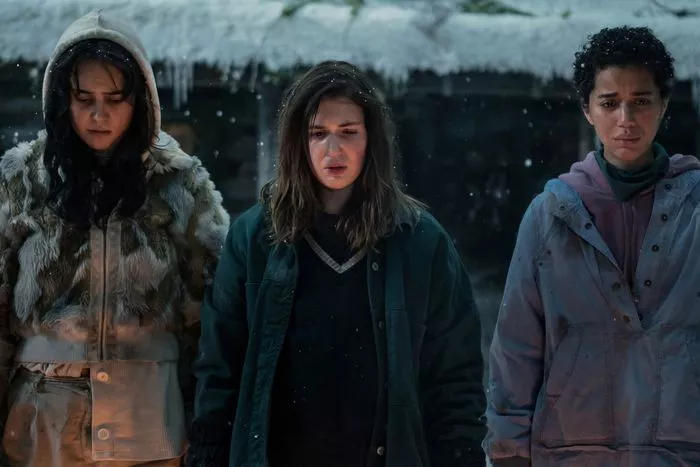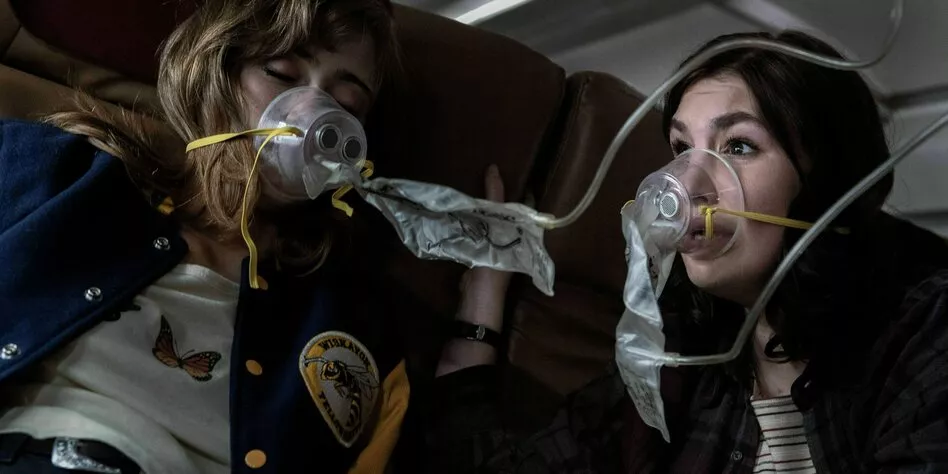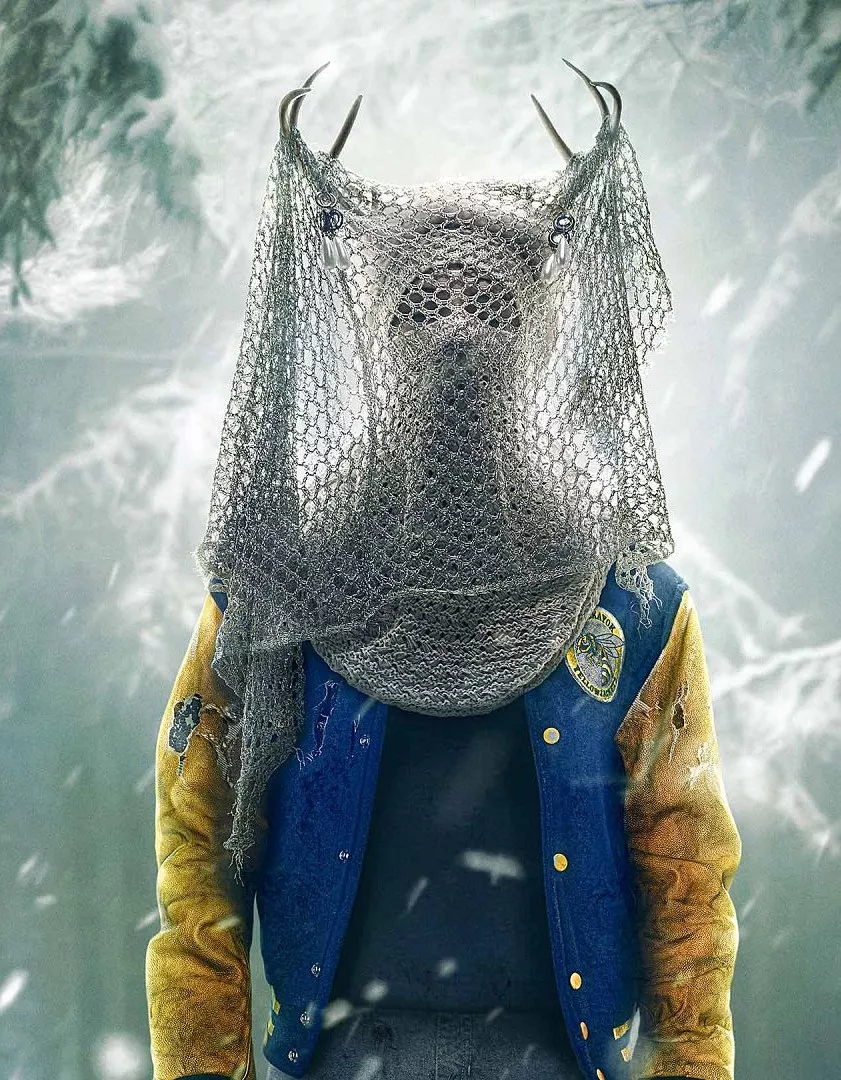Yellowjackets’ first season navigated a fine line between two opposing explanations for the mysterious and violent events of 1996 in the Canadian wilderness, and the women’s struggle to make sense of their past in 2021. On one hand, the survivors may be experiencing a traumatic mass delusion, while on the other hand, the forest itself may have malicious intent. This delicate approach could feel precarious, but the second season proves that the series is built to last by offering answers while inventing new ways to prolong tension and develop its characters. Despite occasionally attempting too much, Yellowjackets confidently embraces the weird and has a firm grip on its world-building, making a compelling case for its longevity.
The basic events of Yellowjackets are clear: the girls’ varsity soccer team from a high school in Wiskayok, New Jersey, crashed in the Canadian wilderness while traveling to the national championships in Seattle in 1996. Some players died in the crash, and others died over the 19 months they were stranded. In 2021, some of the survivors, including housewife Shauna, lawyer Taissa, recovering addict Natalie, and nursing-home aide Misty, live under a shadow of infamy in their hometown. They have never spoken about what happened in the woods, and the show’s creators skillfully integrate their hesitance and uncertainty into the series’s DNA.
Yellowjackets is a show that explores the subjectivity of experience, as experiences can be distorted by time and memory. In the first season, the show intentionally created uncertainty around what was happening. However, in the second season, the show’s creators intentionally lose some of that ambiguity to reveal some long-running mysteries. This change of pace indicates that the show has confidence in its concept and cast, allowing it to take big narrative risks.

The second season begins with different timelines since the season one finale, with characters in 1996 and 2021. Both timelines show the groups fracturing due to various factors such as law and order, spirituality, and self-destruction. These timelines complement and enhance each other by showing how the characters’ choices affect each other.
One character, Tai, is experiencing extreme sleepwalking and lost time in the present, with Jasmin Savoy Brown and Cypress doing excellent work portraying the character’s two different versions. The show explores characters in unexplored or challenging directions, such as Natalie’s self-help journey or Lottie’s embrace of wilderness worship. The oddities of 1996 now have more clear effects in 2021, with grotesque visuals and immersive sound design that prompt the audience to question their memories.
The show’s soundtrack features Tori Amos, Veruca Salt, Garbage, and Elliott Smith, among other artists, and would make a great playlist. While the needle drops are more frequent than necessary, they still enhance the show’s overall experience.
Is the series weighed down by its insistence on every character confronting their true selves versus who they want to be, and by devoting screen time to every plot point, no matter how inconsequential, from mossy trees in the past to a follower’s pet goldfish in the future? Yes, increasingly so. It strains credibility that there are half a dozen or so survivors in 1996 that we’ve never seen before, but that’s what Yellowjackets asks us to accept. The show tries to justify this by having the girls from season one be so self-involved that they didn’t notice anyone else, but this explanation feels clumsy and doesn’t help these characters integrate smoothly into the established group.

Another awkward aspect is how the series undermines the impact of adult Lottie (Simone Kessell) by working her into the story immediately, instead of building anticipation for her arrival. Adult Van (Lauren Ambrose) gets a more graceful introduction. The early episodes are heavily focused on Lottie as she becomes a “witch-doctor messiah,” as teen Natalie puts it, almost as if the show is trying to reassure viewers that it won’t provide too many answers. But Lottie’s quirkiness threatens to upset the ensemble’s balance, particularly compared to the Shauna/Jeff subplot. While Lynskey and Kole still have great chemistry as a struggling married couple, as the season progresses, their involvement in covering up Adam’s death feels isolated (and sometimes illogical) because it’s so disconnected from Lottie’s story.
Although not catastrophic, these shortcomings divert attention from the series’ otherwise skillful approach to intensifying its violence, complicating its relationships, and injecting humor. Yellowjackets retains its ability to temper its darkness with character-specific humor, and these moments are generally successful, such as Kole’s Jeff energetically jamming out to Papa Roach or Ricci’s Misty engaging in a musical cast recording debate with a new acquaintance played by Elijah Wood. Lynskey’s Shauna even warns Jeff’s friend not to fantasize about her while masturbating. This agility suggests the show has aspirations that could be advantageous during its planned five-season run, if it receives the episode order desired by Lyle and Nickerson. Until then, Yellowjackets’ comfort with discomfort benefits both the series and its viewers.


Agree with this conclusion: “Until then, Yellowjackets’ comfort with discomfort benefits both the series and its viewers”